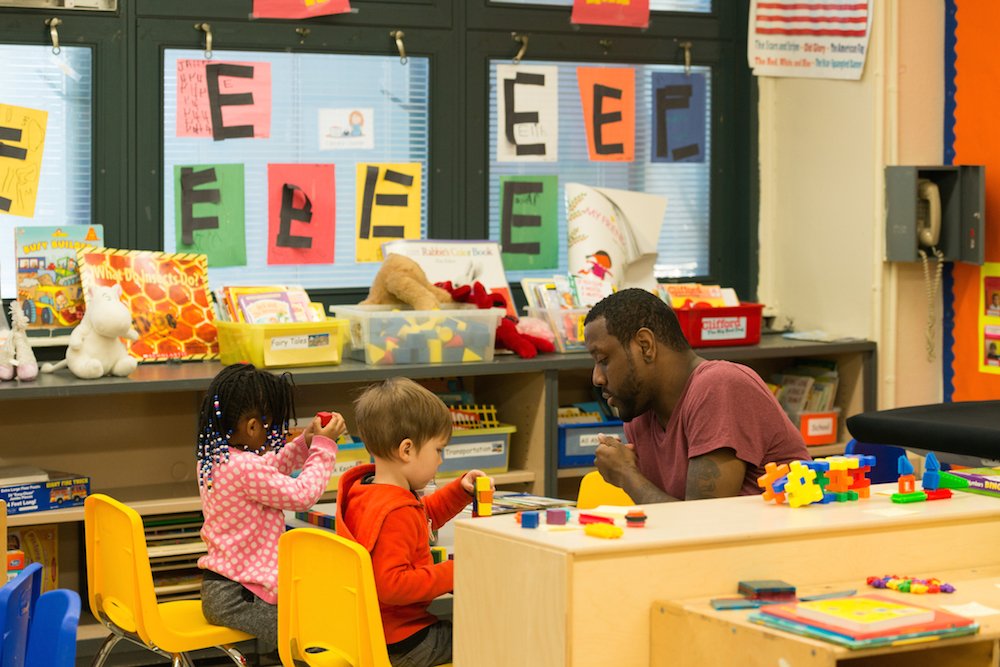Preschool is a crucial milestone in a child’s life, and establishing a successful routine can greatly influence their growth and development. This blog aims at guiding you through the process of creating an effective preschool routine that fosters learning, social development, and overall well-being and sets your child up for success.
Before we dive into the details, let’s understand the importance of a structured preschool routine. A well-planned routine not only aids in the child’s early education but also promotes essential life skills. It’s the foundation upon which future successes are built.
Setting the Right Environment
- Choosing the Best Preschool Nearby
The first step in establishing a successful preschool routine is finding the right preschool for your child. Look for a reputable institution that offers a safe and nurturing environment for your little one. To simplify your search, consider the keyword “Best Preschool Near Me” when conducting your online research.
- A Welcoming Classroom
Once you’ve chosen the perfect preschool, make sure your child’s classroom is inviting and well-organized. A visually stimulating environment encourages curiosity and engagement. Decorate the classroom with educational posters and colorful learning aids.
- Creating a Dedicated Study Area at Home
In addition to the preschool environment, it’s essential to have a dedicated study area at home. This provides a consistent space for learning and homework. Ensure it is well-lit, stocked with age-appropriate educational materials, and free from distractions.
Building a Structured Preschool Routine
- Morning Rituals
Start the day with a positive morning routine. It can include breakfast, getting dressed, and a brief discussion about the day ahead. This sets a cheerful tone for the day. Incorporate gentle wake-up songs or rhymes to make the morning routine fun.
- Time for Learning
Structured learning time is a cornerstone of any preschool routine. Include activities that enhance cognitive development, such as reading, puzzles, and interactive games. Tailor these activities to your child’s age and developmental stage. Use colorful books and educational apps to make learning engaging.
- Outdoor Play
Children need ample outdoor playtime to boost physical health and social skills. Ensure your child gets some fresh air and exercise during the day. Create a safe and exciting outdoor play area in your backyard, if possible, with swings, slides, and other age-appropriate play equipment.
- Lunch and Naptime
A healthy lunch followed by a short nap is essential for reenergizing. A well-rested child is more likely to engage in learning activities. Prepare nutritious and balanced meals, and maintain a consistent nap schedule. Encourage your child to develop a sleep routine by reading a short story before naptime.
- Creative Time
Encourage creativity through art, music, and imaginative play. These activities foster self-expression and innovation. Set up an art station with paints, crayons, and paper, and play soothing background music during creative sessions.
- Snack Break
Offer healthy snacks during the day to keep your child energized and focused. Include fruits, vegetables, and whole grains in their snack options. Use colorful and engaging plates and utensils to make snack time exciting.
- Social Interaction
Preschool is an excellent place for children to socialize and build essential interpersonal skills. Ensure your child has plenty of opportunities for group activities and play. Organize playdates with other children to promote social interaction and teamwork.
Effective Communication
- Regular Updates
Maintain open communication with your child’s teacher. Regular updates on your child’s progress and behavior at school are vital. Attend parent-teacher meetings and be actively involved in school activities.
- Engage in Conversations
Conversations with your child are equally important. Encourage them to share their experiences and feelings, making them feel heard and valued. Ask open-ended questions and listen attentively to their responses.
Bedtime Routine
- A Calm Evening
End the day with a calming bedtime routine. This can include a warm bath, bedtime stories, and quality time with family. Create a soothing bedtime atmosphere with dimmed lights and soft music. Choose bedtime stories that promote positive values and learning.
- Limit Screen Time
To ensure a good night’s sleep, limit screen time before bedtime. Excessive screen exposure can disrupt sleep patterns. Implement a “no screens” rule at least an hour before bedtime.
Conclusion
In conclusion, creating a successful preschool routine is a collaborative effort between parents and the preschool itself. By choosing the best preschool nearby and incorporating the tips mentioned above, you can set the stage for a productive and enjoyable preschool experience for your child. A well-structured routine provides the foundation for lifelong learning and success.




